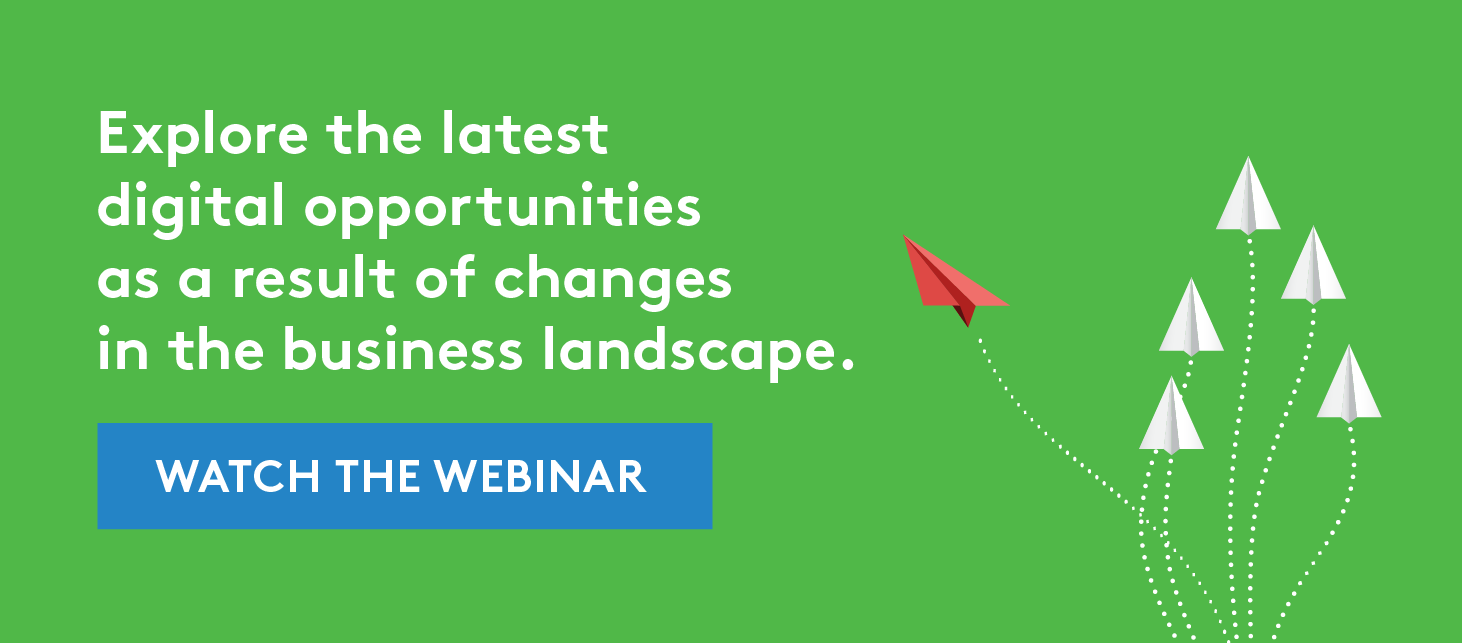After their first conversation about disruptions to the public media corporate support landscape due to COVID-19, Greater Public CEO Joyce MacDonald sat down again with Paul Jacobs, VP/General Manager of Jacobs Media to learn about his best advice as we move into the new year.
Where we are: the wild ride continues
The roller coaster of a year has continued for businesses, consumers, and media companies alike. Last fall brought more uncertainty with colder weather, a rise in COVID cases and more restrictions. At the same time, the promise of a vaccine is a bright light taking us into 2021, and there is hope that by Q2 business and marketing may start to come back to an operational “normal” (although things will never be as they were).
Consider these trends and their long-term impacts, which are still unknown:
- Consumers are moving out of big cities.
- Two million women have voluntarily left the workforce.
- Many small businesses – including those that are the bread and butter for public media – probably won’t make it.
- Working from home is likely to be a part of business operations for the foreseeable future.
What this means for public media and our business supporters
First the good news: Our content and mission have never been more important. News is front and center, and music is a much-needed escape. Amid the chaos of COVID and an election year, people are craving a calm and predictable environment. That type of environment defines public radio. We offer what people want and we can position public media to meet the moment.
That said, for the businesses that support us, especially for retail and events-oriented companies, the picture is bleaker. The premise of the traditional business model has changed from “come in” to “go online.” The explosion of e-commerce is here to stay and if local businesses can’t compete digitally they are at a disadvantage. And when business is bad, businesses spend less, and the value proposition for public media sponsorship becomes harder to articulate.
What we can do
Embrace the disruption, and … pivot. There has been a ton of change for consumers, businesses, and media companies in a relatively short period of time. And so we have to change the way we talk about our value. How can we provide a different solution set to our clients that helps them navigate the disruption? What can we do differently to help them? Consider these ideas:
- A digital point person: Train someone internally to be a digital marketing expert who works with clients to help them refashion their business to remain relevant.
- Stewardship: Think outside the box about ways you can support and promote the local business community, especially those long-time clients that may not be able to support you right now and/or those that have been able to stay with you. For example, several stations are offering a “corporate heroes” on-air recognition campaign for new or returning clients. They’re running promos that support these local businesses and thank them for supporting the station’s community-facing mission.
- Leverage digital: Some stations have created a mobile or digital shopping guide for local businesses for the holidays (see how WOSU did this). Still others are finding new ways to support those performing arts clients that have been particularly hard hit (WUSF has built a performing arts portal to showcase virtual performances from community arts organizations).
How to present our value proposition
Continue to lead with our audience; the size, loyalty, and quality of our audience continues to be unmatched. Present access to our audience; it continues to be a valuable differentiator for public media, as does our brand and alignment with the local community.
At the same time, understand that radio is not a growth platform. We need to be in the platform business, not the radio business. When we can move our audience to other platforms in addition to radio, suddenly our value is more, our revenue potential is more, and our business model is much more likely to sustain over time on our terms. Speaking of …

It’s time to reinvigorate our business model
One of the more challenging aspects of public media in the current environment is our lack of “new.” From a sales and content perspective, we need new products to sell and around which we can meaningfully engage our audiences and corporate partners. The digital space opens doors to be able to do this, and we need to double-down on digital and think differently about the way we leverage our own talent and package and promote our content.
Consider MSNBC, for example. MSNBC has totally reinvented the way they think about their talent and their products. Chuck Todd is not just the host of the longest-running weekly broadcast news program; he now also hosts a daily cable show and a podcast. Chris Hayes hosts not only a nightly cable news show, but, pre-COVID, had added events to his portfolio. Rachel Maddow is an author and a podcast creator in addition to her nightly show. The network worked with talent to reimagine their roles, and to create new products around them. They then brought in the sales team to generate revenue. What is the public media version of this? The focus must be local. In 2-5 years, we may be the only true local media companies left. And local matters to our audience, community partners, and particularly to younger, Millennial consumers. Obviously this is a big-picture conversation and one that must involve management, content, digital and sales teams.
Tactical things sales teams can do in the short-term
- Focus on business categories making a comeback: education, finance, healthcare, mortgage, insurance, legal and other professional services. Think about the products in high demand and the companies that offer them. Digital gadgets are big right now, big-screen TV sales are through the roof.
- Plan for the return of events. They will be back with a vengeance! Part of this is staying active in the events space now. Try hosting and selling sponsorship opportunities around virtual events. In many ways it can be easier to get high-profile talent to commit to a virtual event these days. A good benchmark for pricing is $5k-$15k a package, to include sponsorship recognition on the platform, mentions in promos, follow-up emails to members, and a live intro by the sponsor of the artist/talent, etc.
- Project revenue for 2021 based on a five-year realistic revenue average, starting small in January and growing as the year progresses and when access to the vaccine becomes a reality. There is a ton of pent-up spending that will come back once the vaccine is out there.
- Work collectively and collaboratively with other stations to expand services and create new products. The California stations are having success with this, as are some of the other statewide networks (Indiana, Texas, Florida etc).
- Sell on our strengths, not on someone else’s terms. This means:
-
-
- Don’t get caught in the ratings trap. Our strength is not in numbers or Nielsen. It is in our brand and quality audience.
- Don’t push the envelope too much with our editorial firewall just to be competitive with what commercial stations are doing. We can create new products and content without comprising our journalistic integrity.
- Be proud of public media and your work and efforts in this challenging year. It is remarkable.










